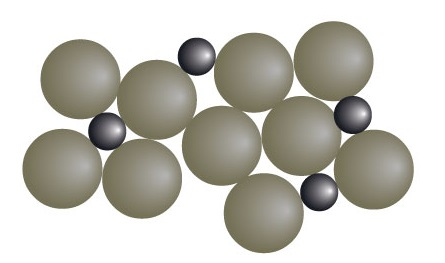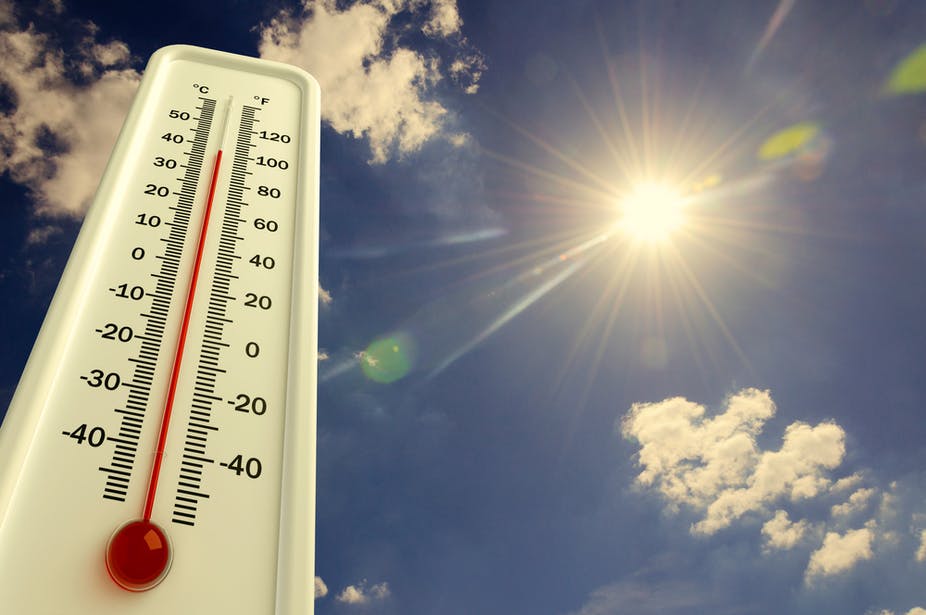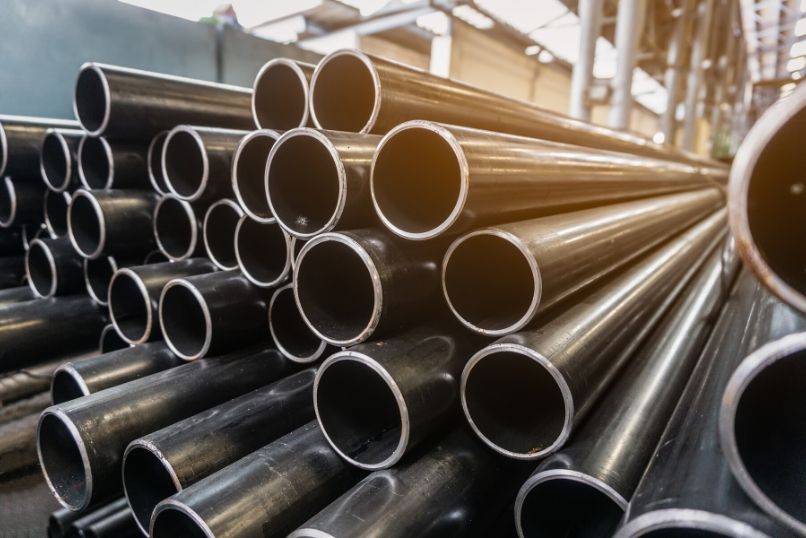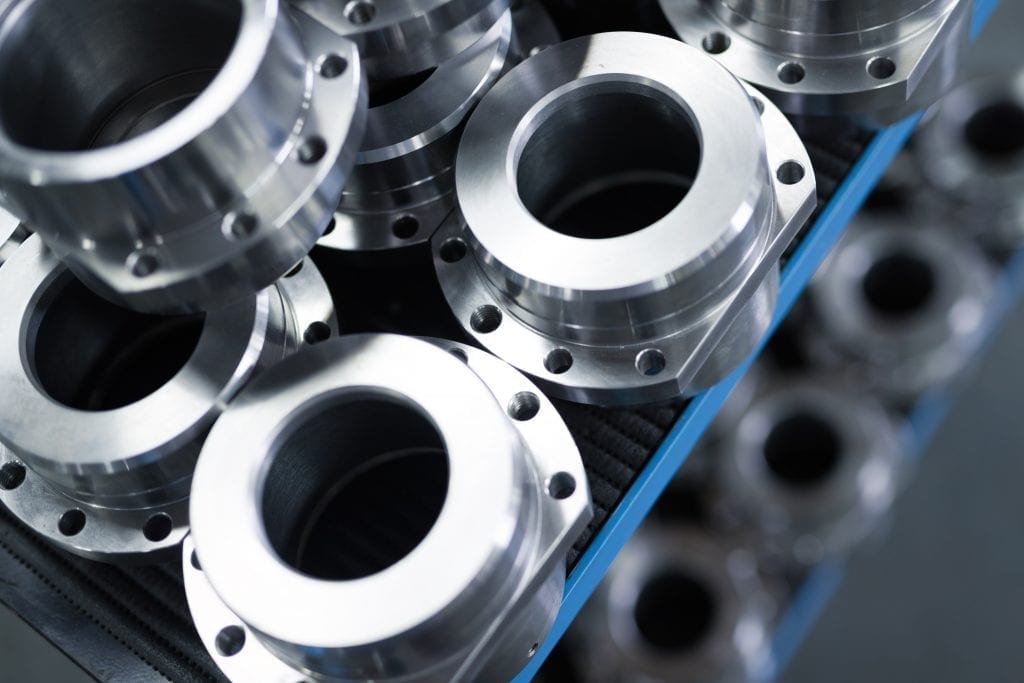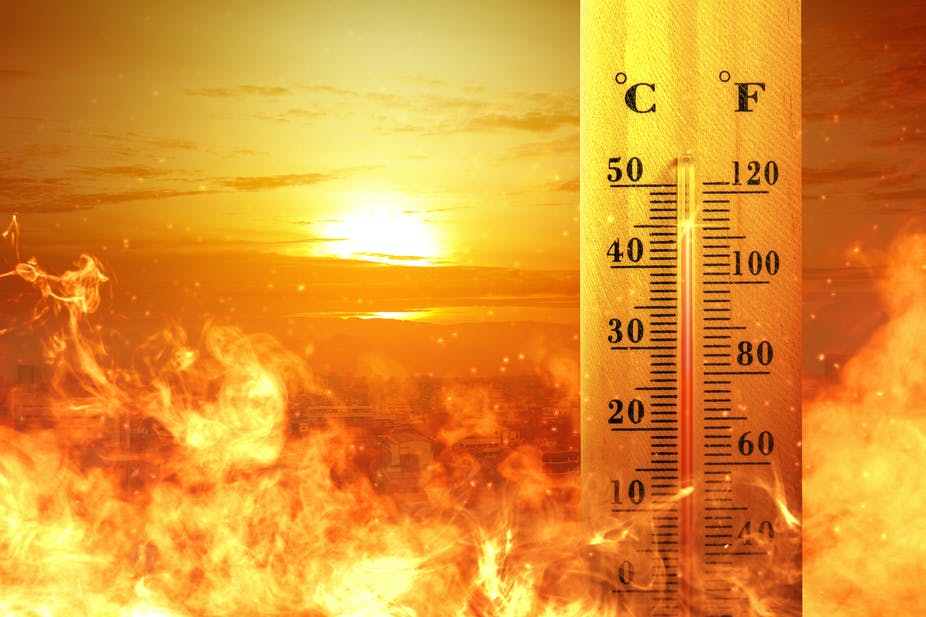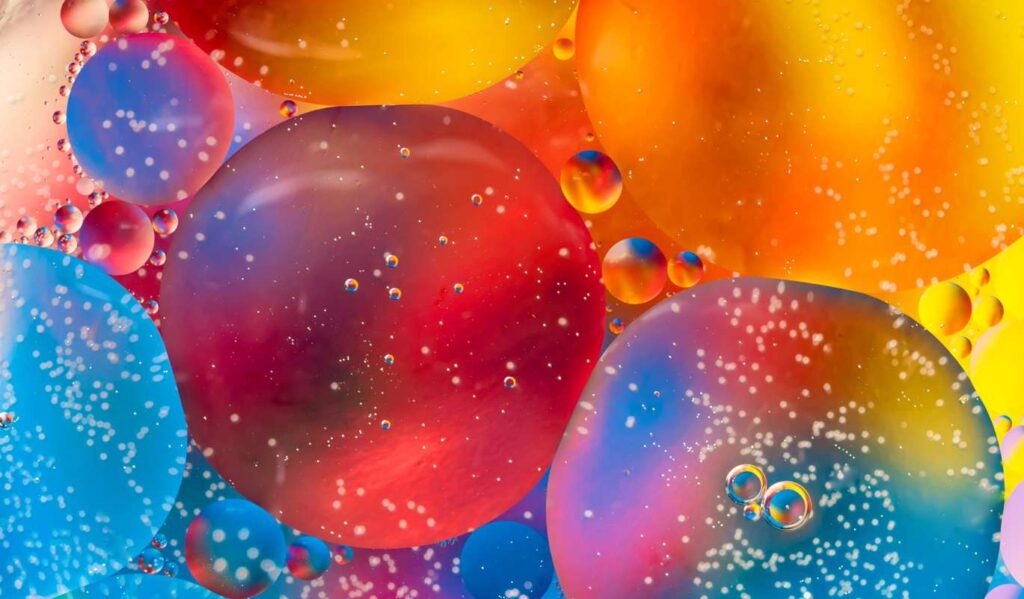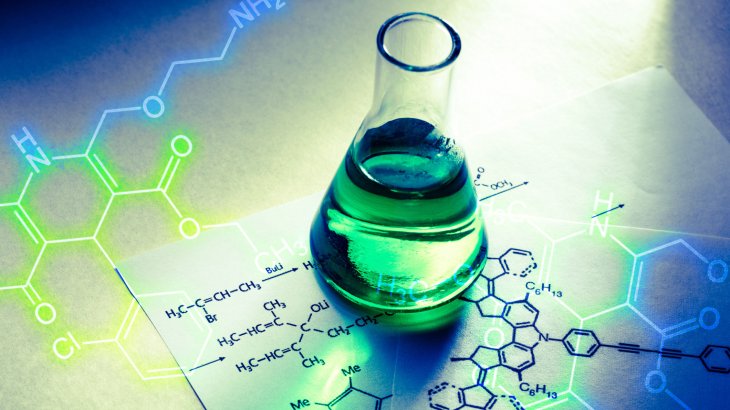Posted inMaterial Science
Microstructure and Property Changes in Fe-C Alloys
Isothermal Transformation Diagrams We use as an example the cooling of an eutectoid alloy (0.8 % C) from the austenite (γ- phase) to pearlite, that contains ferrite (α) plus cementite (Fe3C or iron carbide). When cooling proceeds below the eutectoid temperature (727 oC) nucleation of pearlite starts. The S-shaped curves (fraction of pearlite vs. log. time, fig. 10.3) are displaced to longer times at higher temperatures showing that the transformation is dominated by nucleation (the nucleation period is longer at higher temperatures) and not by diffusion (which occurs faster at higher temperatures). The family of S-shaped curves at different temperatures can be used to construct the TTT (Time- Temperature-Transformation) diagrams For these diagrams to apply, one needs to cool the material quickly to a given temperature To before the transformation occurs, and keep it at that temperature over time. The horizontal line that indicates constant temperature To intercepts the…
